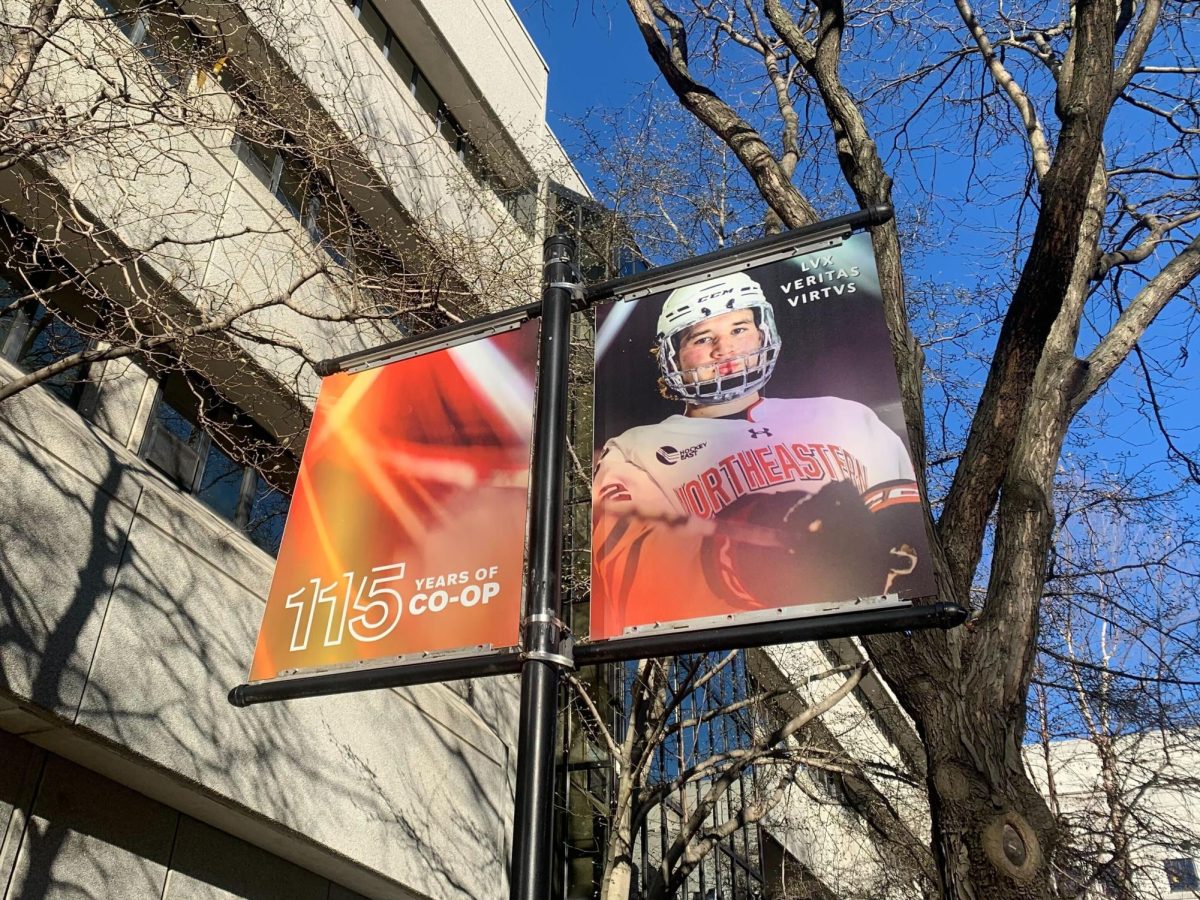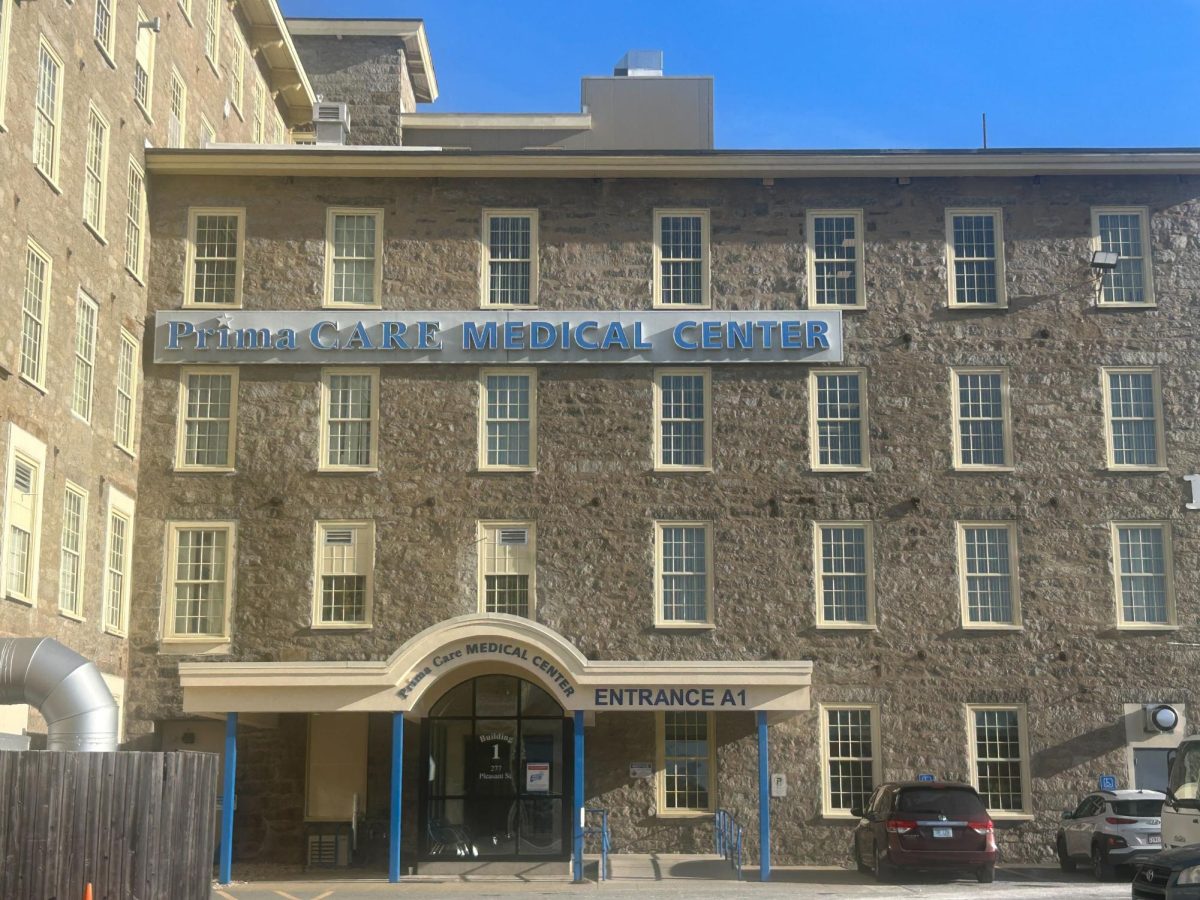By Mary Whitfill, News Staff

Landing Studio, an architectural design firm founded by a pair of Northeastern faculty members, has partnered with the Massachusetts Department of Transportation (MassDOT) to revive an almost abandoned piece of land under Interstate 93.
The space was left empty by MassDOT’s Big Dig project, completed in 2006, and the goal of Landing Studio is to turn the underpass into a transportation hub connecting the South End with South Boston.
“Our project is to reconsider how it is not just a space to bring cars in, but to use the space as a connection between the two communities,” Dan Adams, an assistant professor in Northeastern’s School of Architecture and co-founder of Landing Studio, said. “We are focused mainly on pedestrian connections and bike traffic.”
Adams and Marie Law Adams, a lecturer at Northeastern, founded Landing Studio in 2005 and have since worked on multiple industrial and public projects in both Boston and New York. Northeastern alumnus Robin Blatt-Eisengart is the MassDOT project manager for the development. A “double Husky,” Blatt-Eisengart graduated from the D’Amore-McKim School of Business in 2004 and the College of Social Sciences and Humanities in 2012.
“Landing Studio, and why they are right for MassDOT is because they kind of have a thesis of ‘can you take a large scale infrastructure landscape, that isn’t very accommodating to residential neighborhoods and people on foot, and can you make some adjustments to change the perception of the space?’” Blatt-Eisengart, who once worked on co-op at MassDOT, said. “They really fit in well with what we are trying to do under I-93.”
In the past, the area had been used for material storage and construction laydown, as well as transportation uses overhead. Now that the Big Dig construction is complete, the department of transportation is looking for ways to make the space useful and safe by improving access to parking lots and connecting stops better on the MBTA Red Line and Silver Line.
“We think this will be a really innovative, open space that has a bunch of different functions,” Blatt-Eisengart said. “Before it was kind of a dark, uninviting area that didn’t add to the appeal of the neighborhood. Our strategy for solving some of those issues is making it a space that is active, secure and lit 24 hours a day, 7 days a week.”
The first lighting installation was installed in mid-January in addition to about 235 parking spaces.
“We are installing better lighting through the area and creating a monument in the bridge space,” Law Adams said. “For the next month there will be changing light installations to basically provide more security lighting because MassDOT was having problems will illicit activities occurring under the space.”
Adams and Law Adams said that the project will be approached in three phases, the first of which began last month.
“We first want to make the environment more inviting to pedestrians, we are largely focused on light installations,” Adams said. “Second, we want to make these types of installations a more permanent part of the space and we are working with MassDOT to do that. Third, we want to get involved in landscape design to think about how it can be part of a greater mobility hub.”
When the project is complete, developers hope the space will be a place residents feel comfortable using regularly.
“We are trying to make a safe environment,” Blatt-Eisengart said. “When we are rolling out these new parking lots and pedestrian improvements and light we want to change the perception of the neighborhood and say ‘this is no longer an area between neighborhoods, this is no longer an unsafe environment, this is no longer somewhere where you really wouldn’t want to leave your car,’ and turn it into something that is even a landmark or something that can make people smile.”
Adams called the project’s completion goal “a bit of a moving target,” but the next phase is expected to be completed by the end of the year. It will include an electric car charging area, almost 200 additional parking spaces and bicycle storage.









